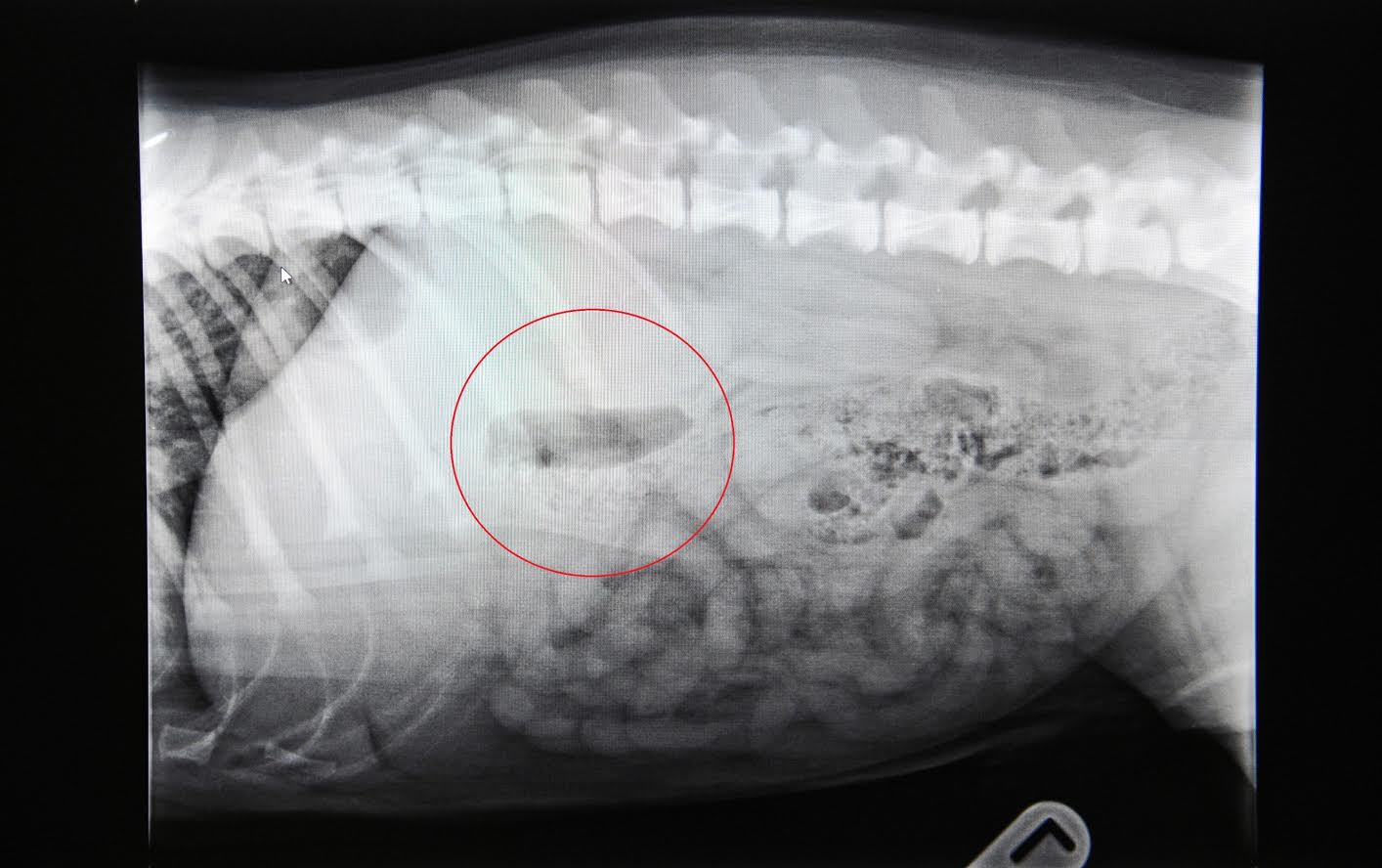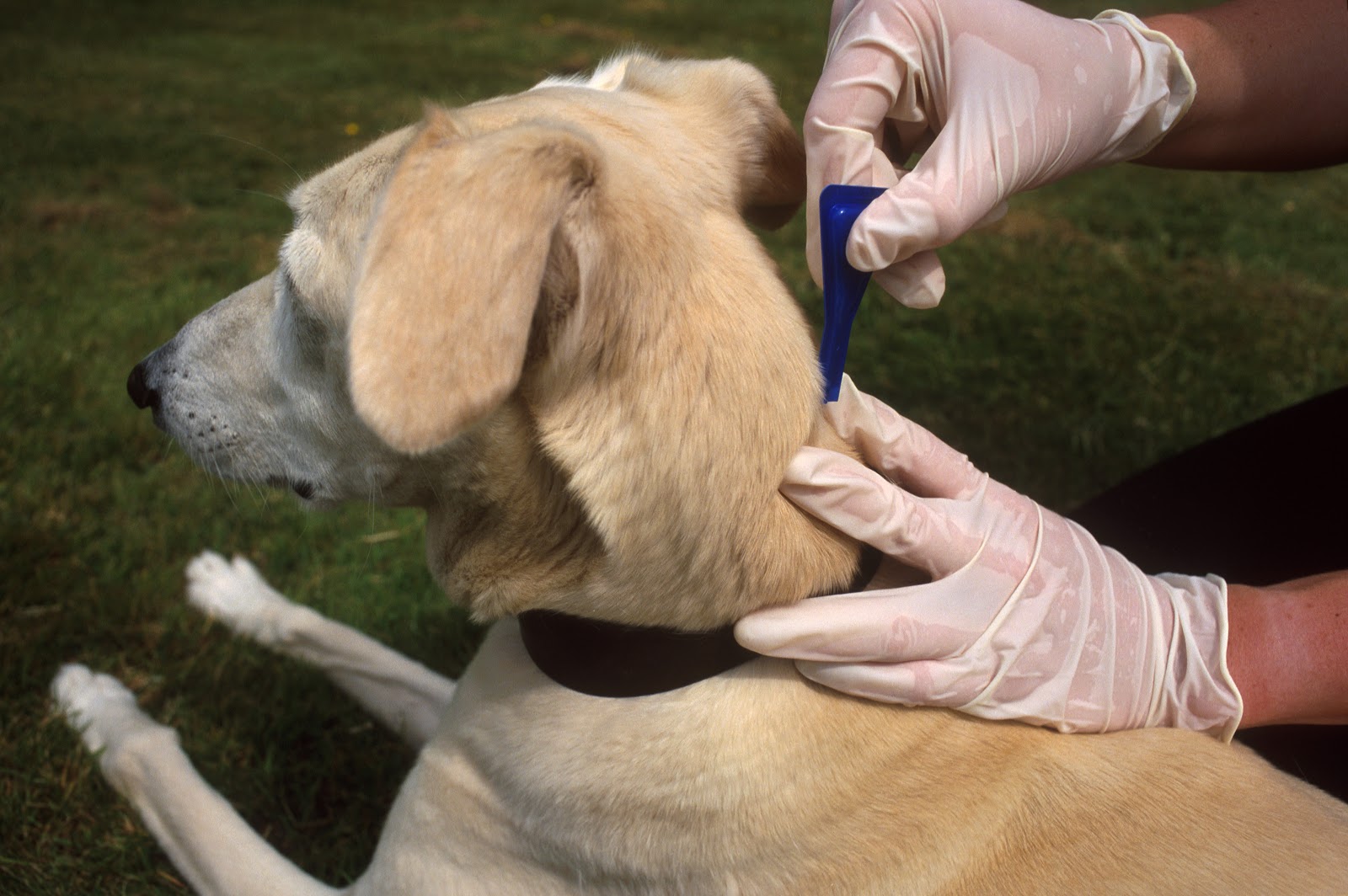If you have a dog that is hesitant to stand up, slow to respond, or inactive, you would probably think that these are just symptoms of ageing. However, regardless of the age, your dog may be suffering from canine osteoarthritis.
Veterinary care for dogs has advanced greatly in recent years which allows us as dog owners to investigate treatments that can help ease the joint pain and give your dog a better quality of life.

Rehabilitation specialist and ‘A Walk in the Park’ expert, David Prydie, offers his top tips to dog owners who feel their dogs may be suffering from canine osteoarthritis.
“Once your dog has been diagnosed with OA there are some simple adjustments you can do to make your dog’s life easier. Dogs, especially those with arthritis, often find laminate or smooth floors difficult to deal with.”
David continues, “Organise mats or runners so the dog can get around without the fear of slipping or falling. Use ramps to help your dog when it needs to go up and down steps and or get in and out of cars. Where appropriate consider the use of harnesses and lifting aids. Consider the use of a coat for your dog in winter, if appropriate.”
German Shepherds are prone to joint problems
Mac, a 9 year old German Shepherd, joined the Whiting family as an 8 week old puppy and for most of his life had been an active and energetic dog. 18 months ago Mac developed a slight limp which failed to clear up and eventually lead Fiona to take Mac to the vet.
Acutely aware that, as a breed, German Shepherds are prone to hip dysplasia and canine OA, his owner, Fiona’s suspicions were confirmed when the vet diagnosed both ailments. Now on medication Mac’s diet is carefully monitored and he is limited to one short walk a day. Fortunately Fiona has a large garden so Mac is still able to enjoy spending a lot of time outdoors.
What to do if you think your dog has arthritis
If you feel your dog may be suffering from arthritis, book an appointment with your vets. It could be that medications are prescribed and help, but an all round plan at home with exercise, hydrotherapy is known to be particularly effective, or new routines around eating (for example, a raised dog bowl holder that sits off the ground could help ease your dog’s arthritis, if their neck is affected).

After a consultation where your vet will aim to rule out alternative problems which could be causing discomfort, you can then start to plan ahead to give your dog the best quality of life possible.
Enter your email and never miss out on receiving our best articles:







